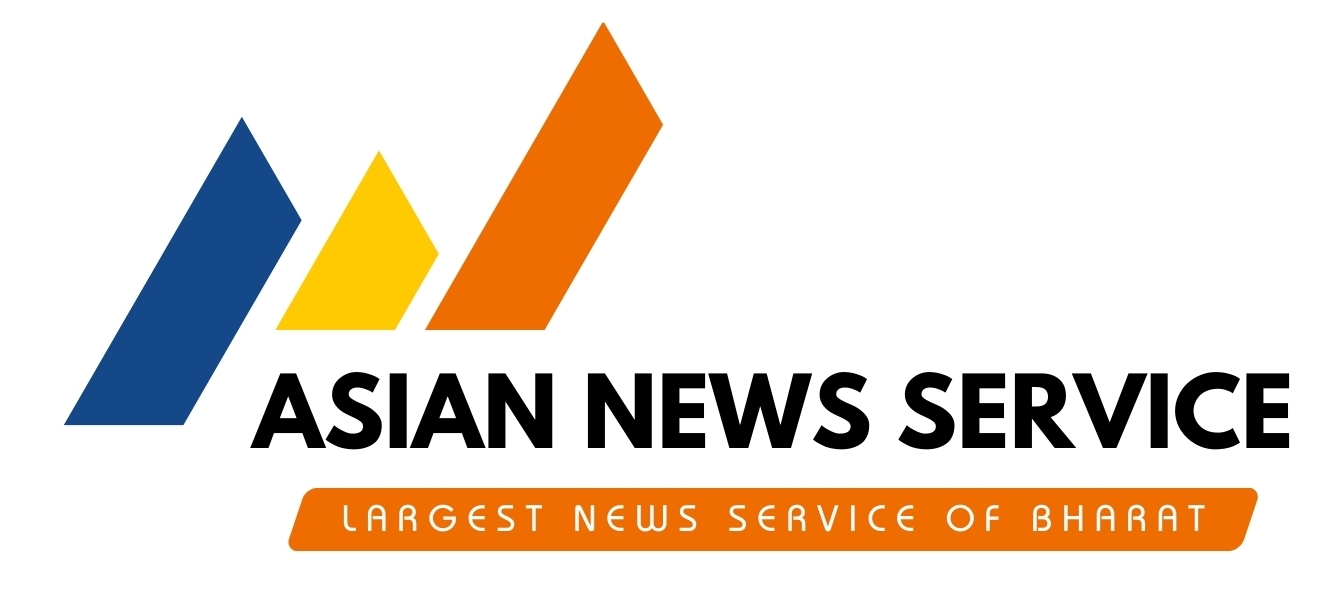Integration of 10,372 Schools and Comprehensive Rationalization of Teachers

Yellow and Black Modern Streaming Platform Logo - 5
Raipur, 15 June
In a major move to enhance the quality and accessibility of education, the Government of Chhattisgarh has undertaken a bold and comprehensive initiative to rationalize its schools and teaching staff. Under the guidance of Chief Minister Shri Vishnu Deo Sai, this far-reaching reform aligns with the provisions of the National Education Policy (NEP) 2020 and the Right to Education Act (RTE) 2009. It represents a decisive effort to streamline the state’s educational framework and resolve long-standing systemic disparities.
Before the rationalization, the quality of education was being adversely impacted, particularly in rural areas due to a shortage of teachers, while schools in urban and semi-urban areas had an excess of teaching staff. This imbalance also affected student performance in exams.
Previously, 212 primary schools and 48 upper primary schools had no teachers at all, while 6,872 primary schools and 255 upper primary schools operated with just one teacher. Additionally, 211 schools had no students but still had teachers posted. Further, 166 schools were merged—133 rural schools with less than 10 enrolled students and within 1 km of another school, and 33 urban schools with less than 30 students and within 500 meters of another.
Despite these challenges, Chhattisgarh’s Pupil-Teacher Ratio (PTR) was already notably better than the national average—20 for primary schools (vs. national average of 29) and 18 for upper primary schools (vs. national average of 38). However, the distribution of teachers remained uneven. Around 17,000 primary schools and 4,479 upper primary schools had a PTR below 20, and 527 urban schools had a PTR below 10, including:
8 primary schools with over 15 teachers,
61 schools with 10–15 teachers, and
749 primary schools with 6–9 teachers.
These figures underscored the urgent need for better resource allocation.
Key Reform: Integration of 10,372 Co-Located Schools
Nearly 10,372 schools operating in the same premises—covering primary, upper primary, high school, and higher secondary levels—have now been integrated. This consolidation is expected to yield several benefits:
Reduced dropout rates,
Elimination of repeated transfers and admissions for students,
Improved learning opportunities through interaction with senior students,
Enhanced access to facilities like computer labs, science labs, sports, and cultural activities,
Better personality development,
Stronger administrative management.
Massive Teacher Rationalization Completed
In addition to school integration, a major teacher rationalization drive was conducted via counseling at the district, division, and state levels:
13,793 teachers reassigned at the district level
863 at the divisional level
105 at the state level
Promising Early Results
According to the Education Department:
No school has been shut down
No teaching position has been eliminated
Instead, the focus is on ensuring the effective operation of schools with better infrastructure.
The results so far:
Zero schools without a teacher
80% reduction in single-teacher schools, now down to just about 1,200
Integration of 10,372 schools and adjustment of 166 rural and urban schools
89% of students no longer need repeated admission processes
More teachers are now available per school, improving timetables and academic consistency
Toward Quality, Equity, and Excellence
By implementing NEP 2020 effectively, Chhattisgarh is not only correcting existing gaps but also laying a strong foundation for the future—one where every child has access to quality education, driving holistic development and academic excellence.
This rationalization effort stands as a testament to the state’s commitment to creating a more efficient, equitable, and effective education system.
